Sermorelin
$40.00 – $70.00Price range: $40.00 through $70.00
-
Product Name: Sermorelin
-
Form: Lyophilized peptide powder
-
Purity: ≥ 98% (HPLC tested)
-
Storage: Store at -20°C or lower
-
Usage: Strictly for preclinical and in vitro research
-
Packaging: Tamper-proof vials ensuring peptide stability
Sermorelin – Potent Growth Hormone Releasing Peptide for Research
Sermorelin is a synthetic peptide analog of Growth Hormone Releasing Hormone (GHRH), widely used in preclinical and laboratory research to study growth hormone secretion, metabolism, and tissue regeneration. As a growth hormone secretagogue, Sermorelin stimulates the pituitary gland to release endogenous growth hormone, making it a valuable tool for exploring endocrine function, anti-aging mechanisms, and regenerative medicine in experimental models.
It is important to note that Sermorelin is intended strictly for research purposes and is not approved for human or veterinary consumption. Its primary application is in controlled laboratory studies investigating pituitary function, metabolic regulation, and tissue repair.
What is Sermorelin?
Sermorelin is a synthetic 29-amino-acid peptide designed to mimic the natural action of Growth Hormone Releasing Hormone (GHRH). By binding to specific receptors in the pituitary gland, Sermorelin triggers the production and release of growth hormone.
Researchers utilize Sermorelin due to its high specificity, reproducibility, and potency, making it suitable for a wide range of preclinical studies, including:
-
Endocrine system research – Studying the regulation of growth hormone release.
-
Metabolic studies – Investigating effects on fat metabolism, protein synthesis, and energy balance.
-
Regenerative medicine models – Exploring tissue repair and cellular growth processes.
How Sermorelin Works in Research
Sermorelin stimulates the pituitary gland by binding to GHRH receptors, leading to a cascade of intracellular processes that promote growth hormone secretion. This mechanism provides researchers with a powerful tool to study:
-
Pituitary Function – Understanding how growth hormone release is regulated.
-
Tissue Regeneration – Supporting repair in experimental muscle and tissue models.
-
Metabolic Effects – Examining growth hormone’s role in fat metabolism, protein synthesis, and energy utilization.
-
Anti-Aging Research – Studying growth hormone decline in aging models.
-
Cellular Repair – Investigating peptide influence on cell proliferation and recovery after experimental injury.
Key Features & Specifications
-
Product Name: Sermorelin
-
Form: Lyophilized peptide powder
-
Purity: ≥ 98% (HPLC tested)
-
Storage: Store at -20°C or lower
-
Usage: Strictly for preclinical and in vitro research
-
Packaging: Tamper-proof vials ensuring peptide stability
Potential Research Applications
Sermorelin is highly versatile in laboratory research and is commonly applied in studies such as:
-
Growth Hormone Secretion Models – Evaluating pituitary response and endocrine function.
-
Muscle Repair & Tissue Regeneration – Investigating peptide-mediated anabolic effects.
-
Metabolic Research – Studying fat metabolism, protein synthesis, and energy balance.
-
Anti-Aging Studies – Assessing effects on age-related decline in growth hormone.
-
Cellular Repair & Recovery – Evaluating peptide impact on tissue regeneration after injury.
Benefits Observed in Preclinical Research
While Sermorelin is not approved for human use, preclinical studies highlight multiple potential benefits:
-
Enhanced Growth Hormone Secretion – Stimulates natural production in experimental models.
-
Improved Tissue Repair – Supports regeneration of muscle, connective tissue, and other cells.
-
Metabolic Support – Assists in fat metabolism and protein synthesis in laboratory models.
-
Anti-Aging Insights – Provides a tool for studying growth hormone decline with age.
-
Cellular Repair Support – Encourages recovery after experimental tissue damage.
-
Targeted Peptide Action – Acts specifically on GHRH receptors for precise experimental outcomes.
-
Reliable Experimental Results – High purity ensures reproducibility and consistency in research.
Research Limitations & Considerations
Researchers should be aware of the following when working with Sermorelin:
-
Limited Long-Term Data – Extended exposure effects are not fully understood.
-
Variable Experimental Outcomes – Results may differ depending on model type, dosage, and environmental factors.
-
Strict Research Use Only – Not approved for human or veterinary consumption.
Storage & Handling
-
Store lyophilized Sermorelin at -20°C or lower.
-
Protect from light, moisture, and repeated freeze-thaw cycles.
-
Reconstituted solutions should be used promptly following laboratory protocols.
-
Always use personal protective equipment (PPE) when handling peptides.
Conclusion
It is a highly potent research peptide that enables scientists to explore growth hormone dynamics, tissue regeneration, and metabolic regulation in preclinical models. Its targeted mechanism on GHRH receptors makes it a valuable tool for studies in endocrine function, regenerative medicine, and aging research.
By providing a reliable and reproducible peptide, Sermorelin allows researchers to conduct experiments with precision and confidence, offering insights into hormonal regulation, tissue repair, and metabolic processes in laboratory settings
| select weight | 5mg, 10mg |
|---|
Be the first to review “Sermorelin” Cancel reply
Related products
Uncategorized
Uncategorized
Uncategorized
Uncategorized
Uncategorized
Uncategorized
Uncategorized
Uncategorized
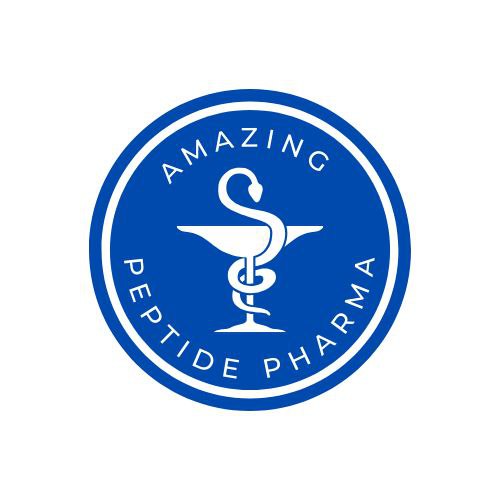
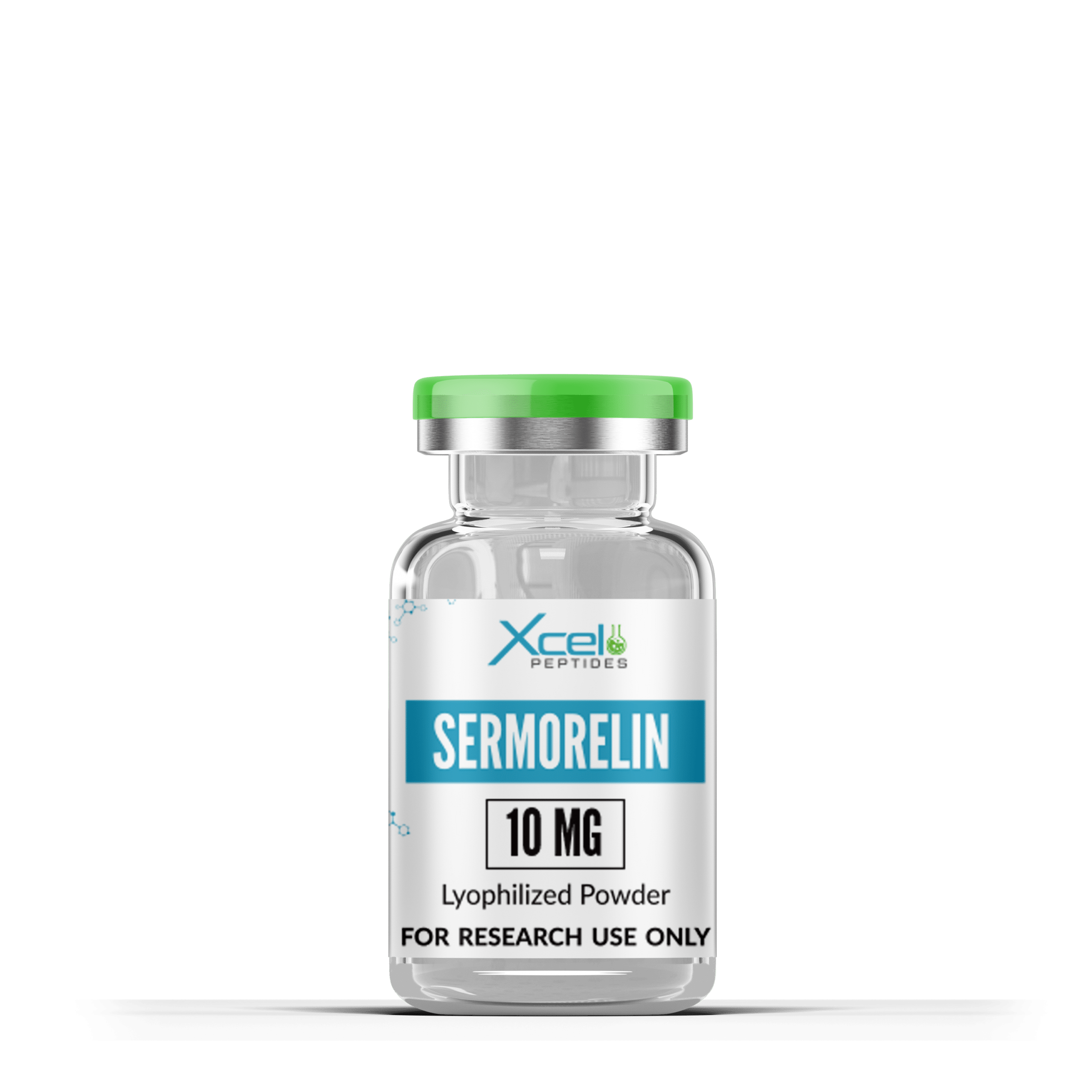
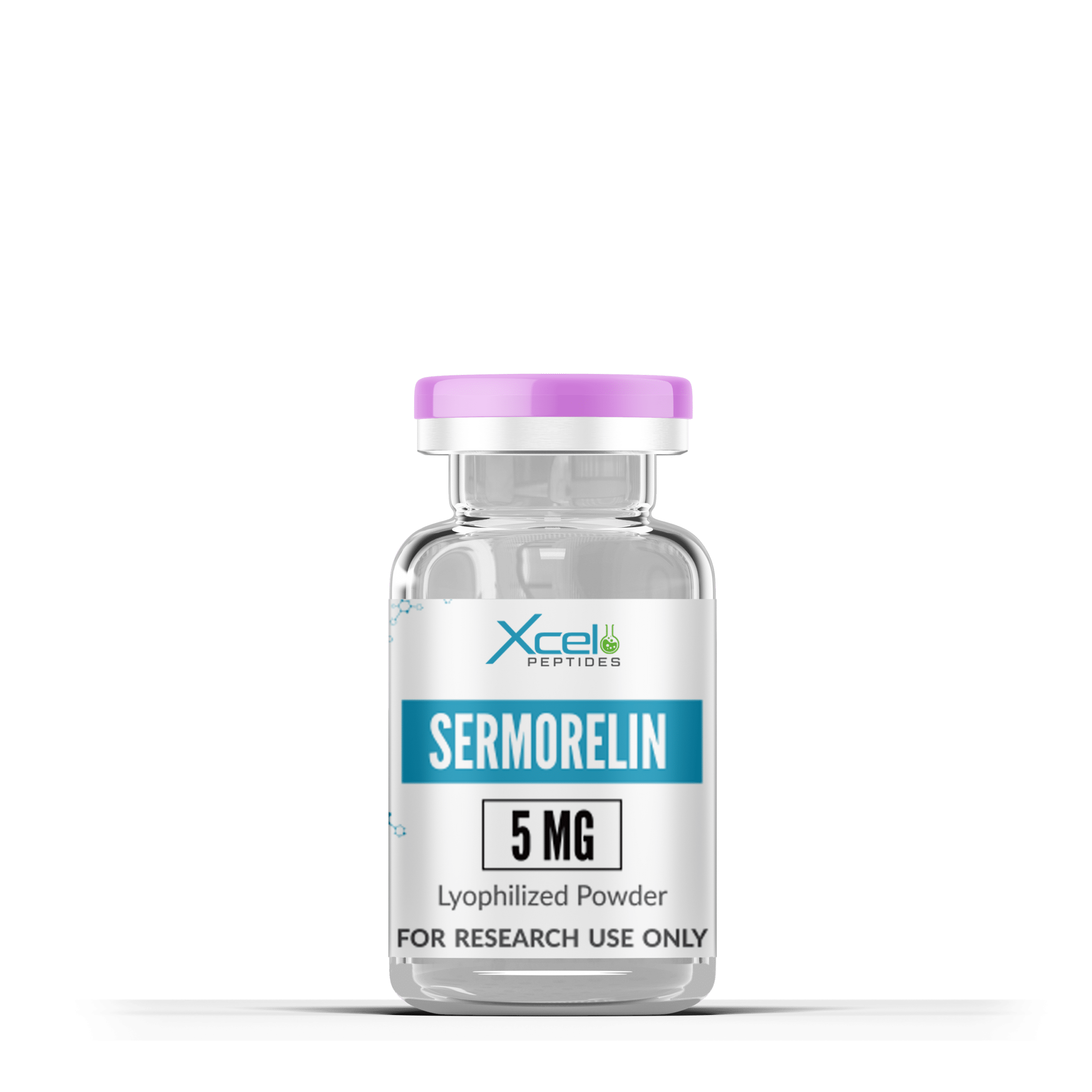
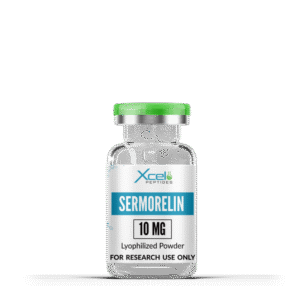


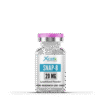
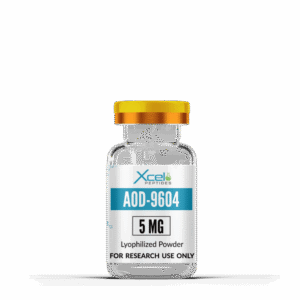
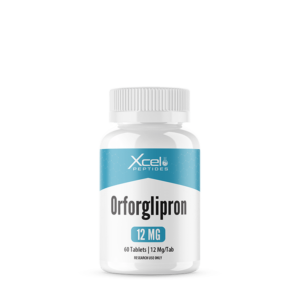
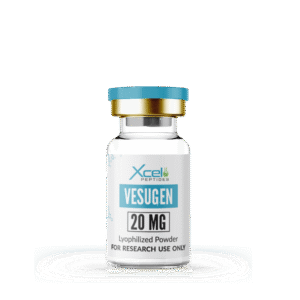
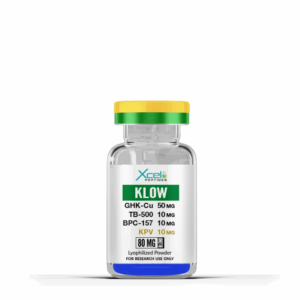
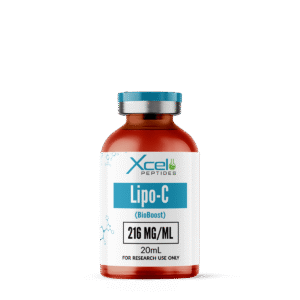

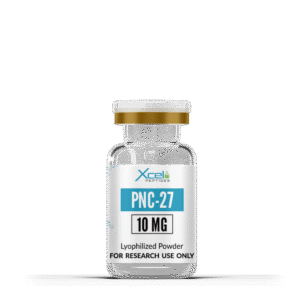
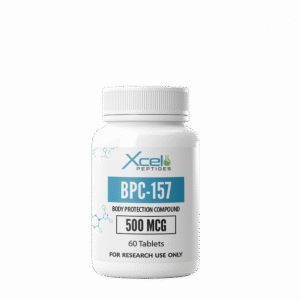
Reviews
There are no reviews yet.